It's Hispanic Heritage Month. From the first explorations into North America nearly a century before Jamestown to the banning of Mexican-American Studies in Arizona, here's 17 Latino historical events that every American should know.
1
Cabeza De Vaca
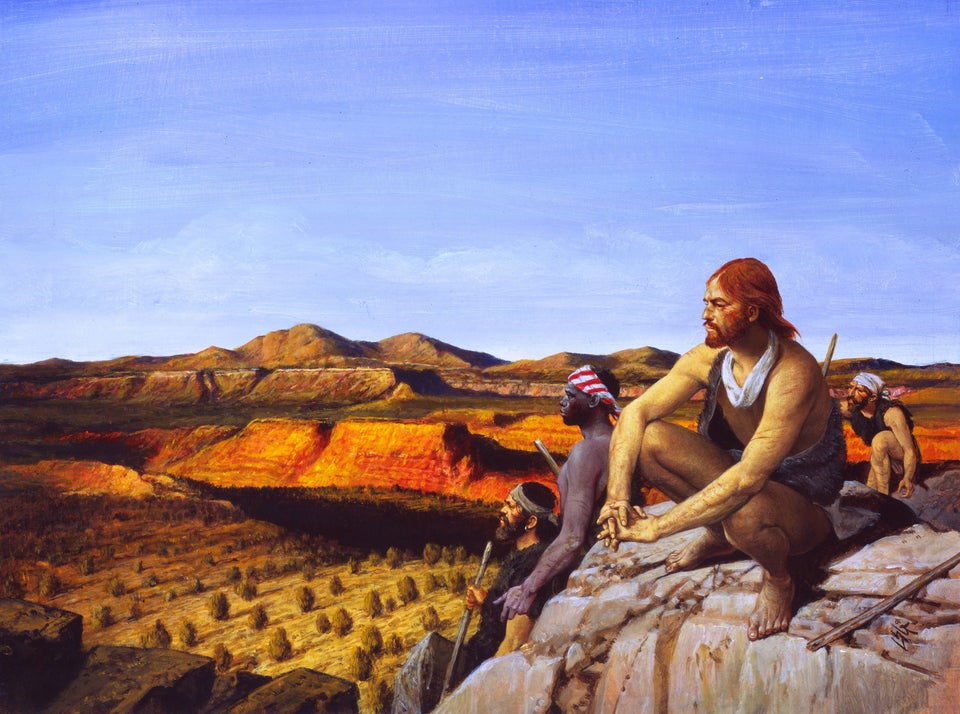
MPI via Getty Images
What Happened: Hispanics, including mestizos, indigenous and Afro-descended people from the area today known as Mexico, explored North America almost a century before the British first founded Jamestown.
Why It Matters: Hispanics aren't foreigners in this country. Latinos, particularly those with Mesoamerican roots, have deeper roots in North America than those with other European backgrounds.
Why It Matters: Hispanics aren't foreigners in this country. Latinos, particularly those with Mesoamerican roots, have deeper roots in North America than those with other European backgrounds.
2
Los Angeles Founded In 1781
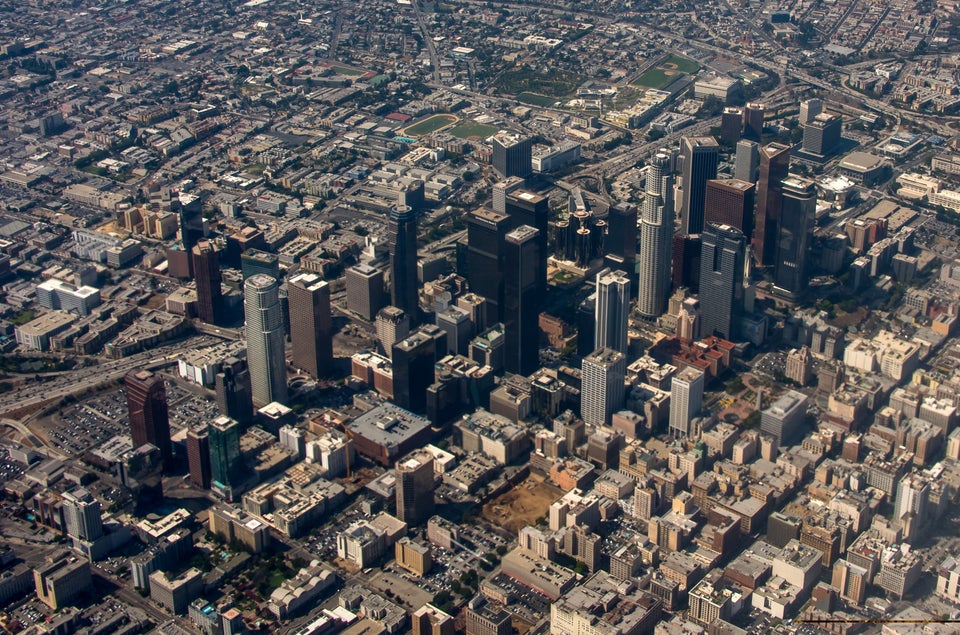
JOE KLAMAR via Getty Images
What Happened: A group of Spaniards, Afro-Latinos, indigenous people and mestizos setting out from colonial-era Mexico traveled into California and founded the city of Los Angeles.
Why It Matters: As of July 2014, Los Angeles is the city with the country’s largest Hispanic population, at nearly 5 million.
Why It Matters: As of July 2014, Los Angeles is the city with the country’s largest Hispanic population, at nearly 5 million.
3
José Martí Lived In New York City
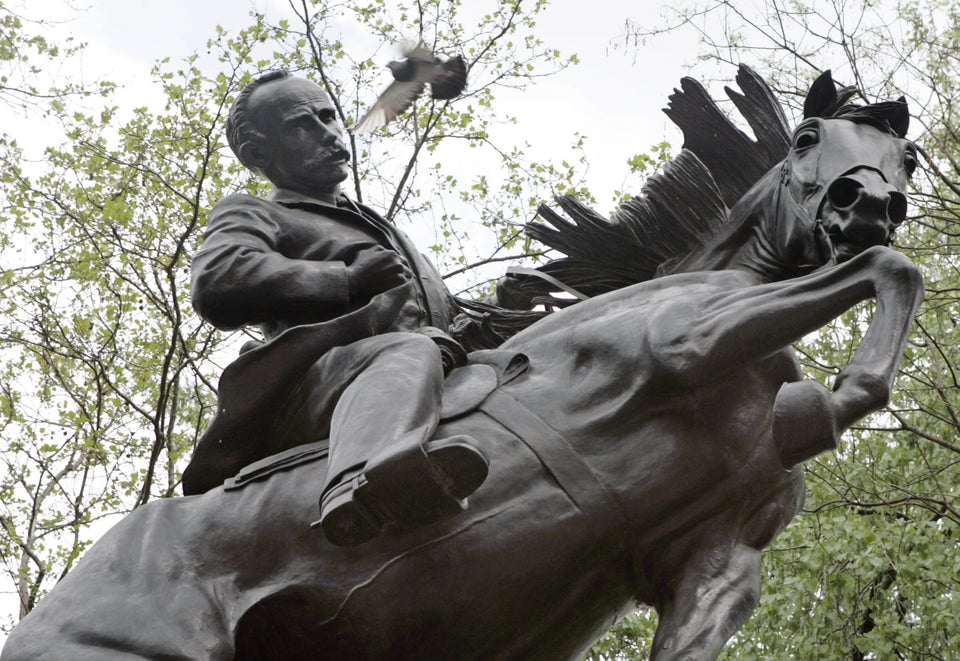
ASSOCIATED PRESS
What Happened: Poet, revolutionary and Cuban nationalist José Martí spent four years in New York City, where he wrote for both English- and Spanish-language newspapers, developing ideas that would influence his thinking about the often tense relationship between the U.S. and Latin America.
Why It Matters: Martí was one of Latin America's greatest intellectuals, earning him a statue in front of Central Park in Manhattan.
Why It Matters: Martí was one of Latin America's greatest intellectuals, earning him a statue in front of Central Park in Manhattan.
Advertisement
4
U.S. Extends Citizenship To Puerto Ricans In 1917

ASSOCIATED PRESS
What Happened: Perhaps not for the most altruistic of reasons, the United States extended both citizenship and, shortly after, military conscription to Puerto Rico in 1917, as World War I raged on in Europe.
Why It Matters: Puerto Ricans are American just like anyone born in the 50 states.
Why It Matters: Puerto Ricans are American just like anyone born in the 50 states.
5
First Hispanic U.S. Senator
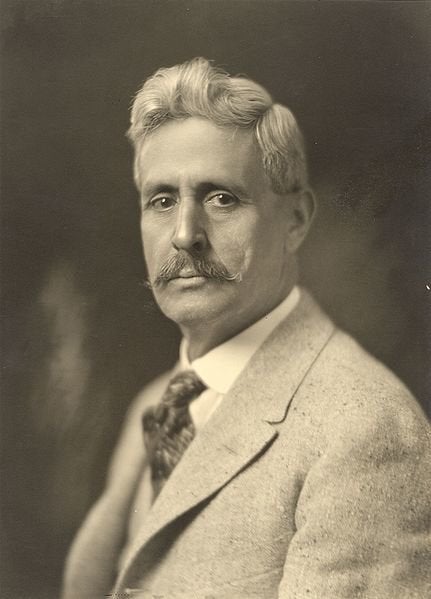
What Happened: Octaviano Larrazolo of New Mexico became the first Hispanic elected to the U.S. Senate. As a politician, he pushed to boost Hispanic representation so that the political system would reflect the state's population. He also helped write portions of the state's constitution guaranteeing that people of Mexican descent wouldn't be disfranchised.
Why It Matters: Because score Team Latino!
Why It Matters: Because score Team Latino!
6
Mendez v. Westminster Decided

AP
What Happened: Before Brown v. Board of Education in 1954, the courts ruled it unconstitutional to segregate students of Mexican heritage into inferior schools. The plaintiff, Sylvia Mendez, sued after being turned away from a "whites only" public school in California.
Why It Matters: The 1947 decision from the 9th U.S. Circuit Court of Appeals helped pave the way for Brown v. Board of Education and played a key role in making school segregation illegal. This undated image provided by the U.S. Postal Service shows a 41-cent postage stamp, to be released Friday, Sept. 14 in Santa Ana, California, commemorating the 1946 court decision, Mendez v. Westminster School District, that paved the way for the nation's school desegregation.
Why It Matters: The 1947 decision from the 9th U.S. Circuit Court of Appeals helped pave the way for Brown v. Board of Education and played a key role in making school segregation illegal. This undated image provided by the U.S. Postal Service shows a 41-cent postage stamp, to be released Friday, Sept. 14 in Santa Ana, California, commemorating the 1946 court decision, Mendez v. Westminster School District, that paved the way for the nation's school desegregation.
Advertisement
7
The Longoria Affairs Shook Texas Politics In 1948
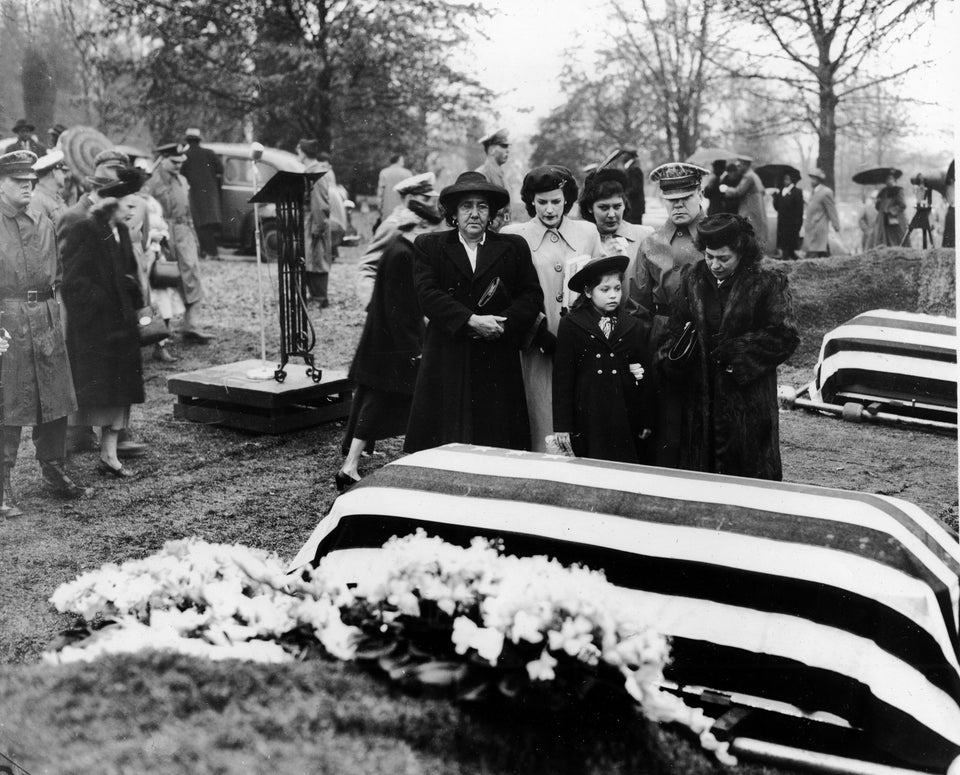
AP
What Happened: Private Felix Longoria was killed in the Philippines as World War II came to an end. When his body was recovered and returned to his hometown of Three Rivers, Texas, the director of the funeral home forbad the family from using the chapel because he feared white residents would disapprove.
The G.I. Forum, a civil rights organization led by Hector P. Garcia, organized a campaign that caught the attention of then-U.S. Sen. Lyndon Johnson. He arranged for Longoria to be buried at Arlington National Cemetery.
Why It Matters: This repudiation of anti-Mexican-American sentiment stands as a milestone in the march toward the guarantee of Latinos' civil rights.
The G.I. Forum, a civil rights organization led by Hector P. Garcia, organized a campaign that caught the attention of then-U.S. Sen. Lyndon Johnson. He arranged for Longoria to be buried at Arlington National Cemetery.
Why It Matters: This repudiation of anti-Mexican-American sentiment stands as a milestone in the march toward the guarantee of Latinos' civil rights.
8
The Cuban Revolution Comes To Power In 1959
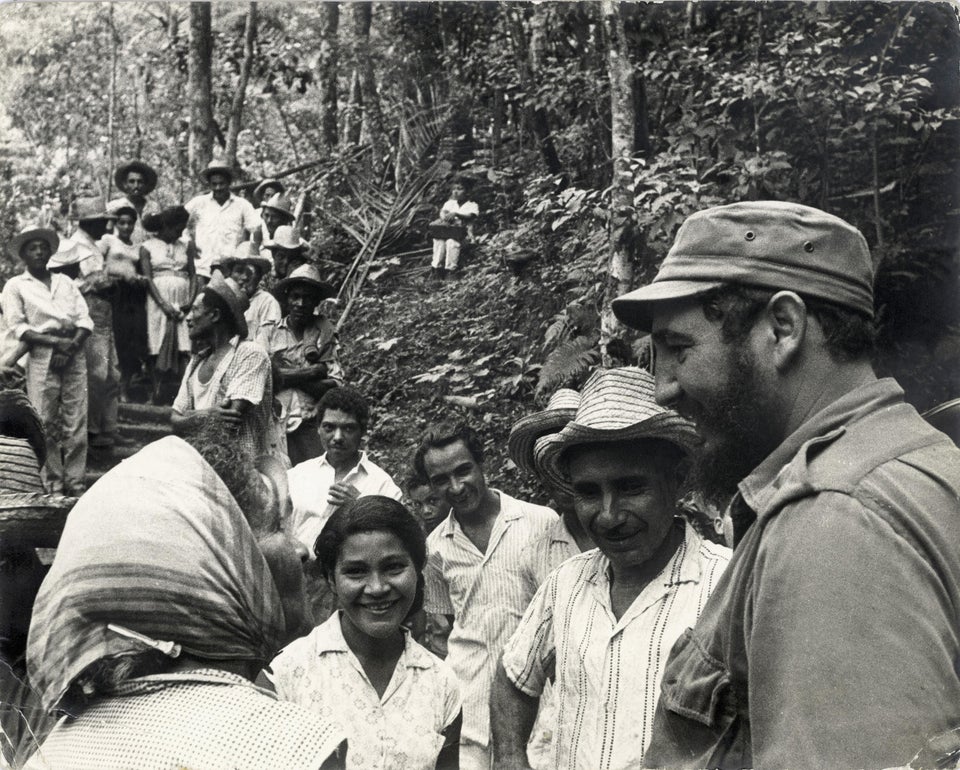
Imagno via Getty Images
What Happened: Following the triumph of the Cuban Revolution in 1959 and its sharp leftward turn within the next two years, Fidel Castro established a Communist government that remains in place today.
Why It Matters: More than one million Cubans left the island as the Revolution became more radical, with most of them settling in Miami, Florida, a city they transformed. Subsequent waves of Cubans migrated to the United States in the 1980s, with the Mariel boatlift, and the 1990s, after the fall of the Soviet Union upended the island’s economy.
Why It Matters: More than one million Cubans left the island as the Revolution became more radical, with most of them settling in Miami, Florida, a city they transformed. Subsequent waves of Cubans migrated to the United States in the 1980s, with the Mariel boatlift, and the 1990s, after the fall of the Soviet Union upended the island’s economy.
9
Delano Grape Pickers Strike Of 1965-1970
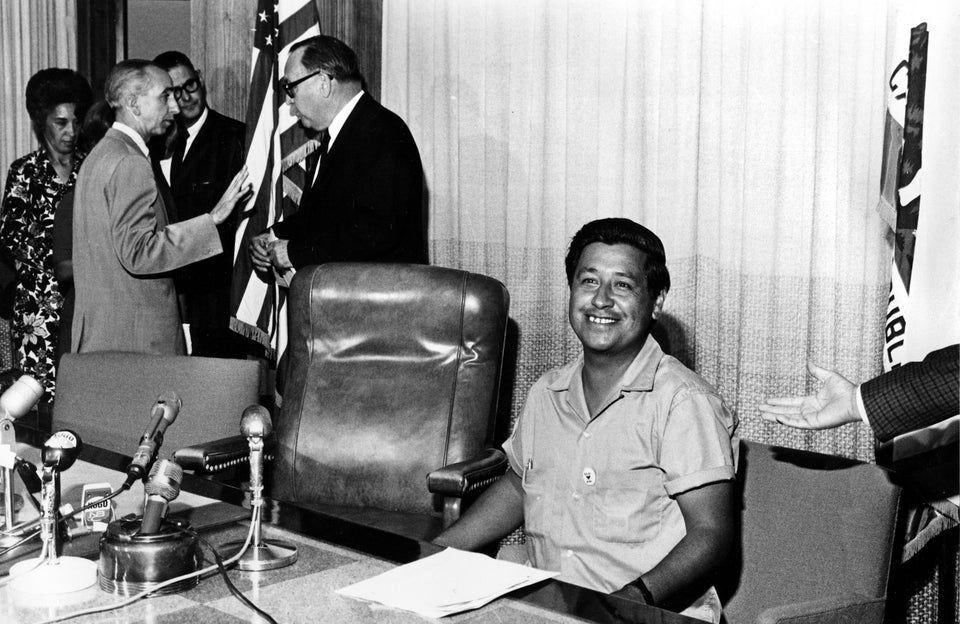
(AP Photo)
What Happened: In 1965, Filipino and Latino farmworker unions joined in a strike, and later a boycott of grapes in the Delano area of California to protest poor conditions. The five-year campaign ultimately succeeded in forcing the grape producers to sign union contracts.
Why It Matters: This early victory helped secure the place of the United Farm Works and its leader Cesar Chavez, all of whom were key players in the Latino civil rights movement.
Why It Matters: This early victory helped secure the place of the United Farm Works and its leader Cesar Chavez, all of whom were key players in the Latino civil rights movement.
Advertisement
10
Zoot Suit Riots
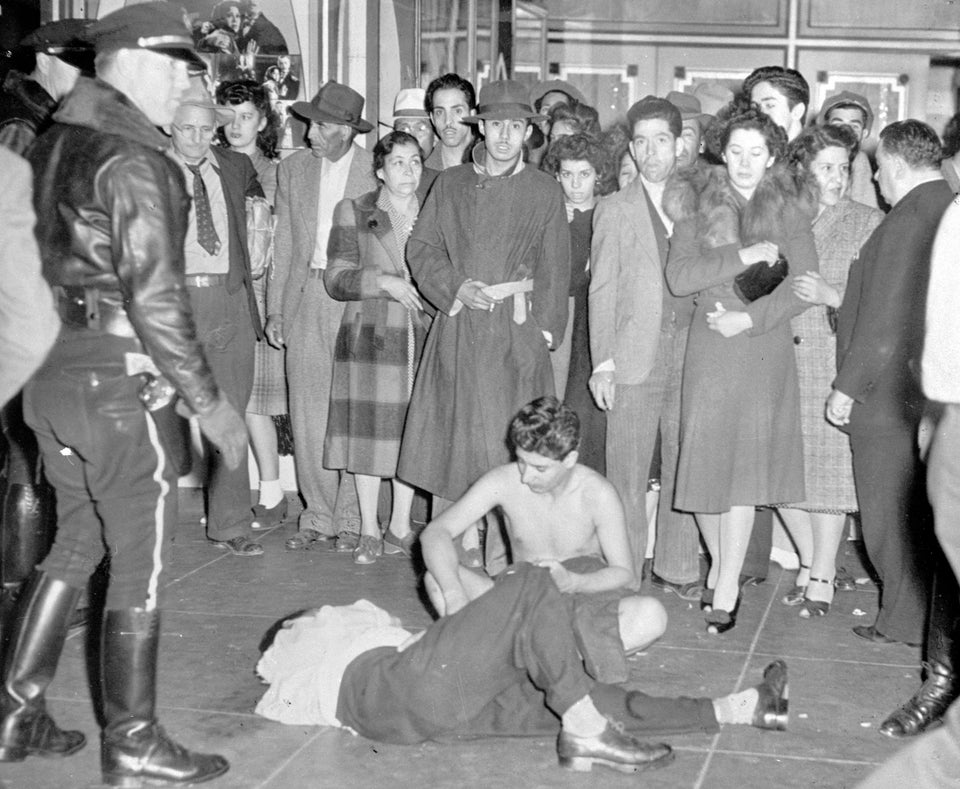
(AP)
What Happened: In the 1940s, tensions in California rose between Chicanos and the Anglo sailors living there. Authorities viewed many young Chicanos, who favored baggy zoot suits, as criminals. Sailors went around beating them up. The tensions eventually erupted into a week of rioting in June 1943, when some 200 sailors descended upon Los Angeles and severely beat several "pachucos," at times stripping the suits from their bodies. The violence was met with indifference from police.
Why It Matters: The Zoot Suit Riots stand as a prominent example of the discrimination faced by the Mexican-American community that offers context for the Latino civil rights movement.
Why It Matters: The Zoot Suit Riots stand as a prominent example of the discrimination faced by the Mexican-American community that offers context for the Latino civil rights movement.
11
The Killing Of Ruben Salazar

(AP)
What Happened: During a riot in 1970, police shot prominent journalist Ruben Salazar with a tear gas canister while he was drinking a beer at the Silver Dollar Bar and Cafe in Los Angeles, killing him.
Why It Matters: Salazar was one of the great Mexican-American journalists of his time, who covered local politics with the same vigor as he covered foreign wars. His killing is viewed by many as a symbol of the injustices committed against the Chicano community in California.
Why It Matters: Salazar was one of the great Mexican-American journalists of his time, who covered local politics with the same vigor as he covered foreign wars. His killing is viewed by many as a symbol of the injustices committed against the Chicano community in California.
12
Roberto Clemente Helps Change MLB History
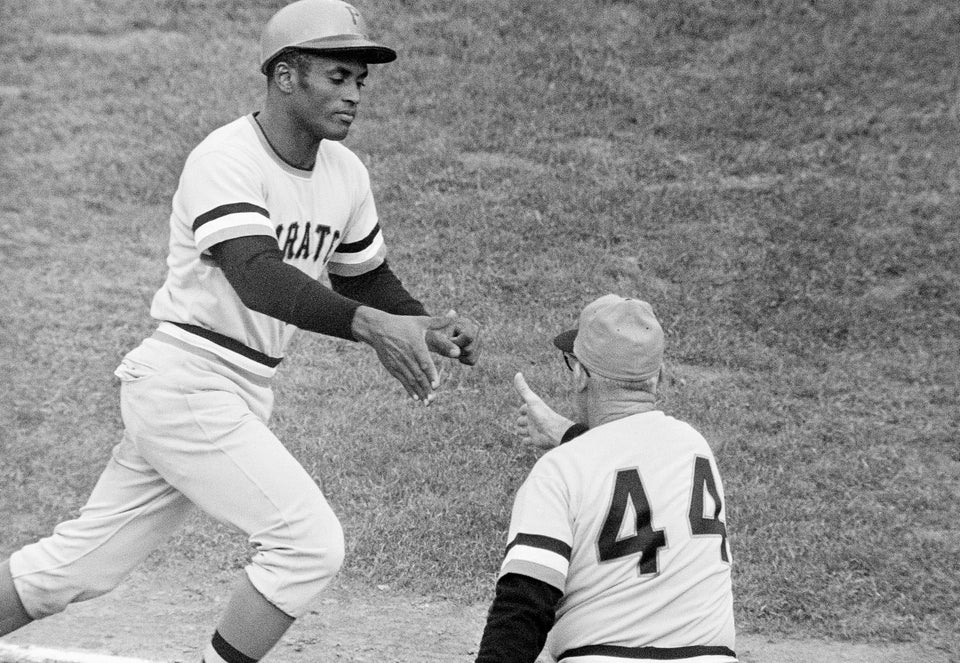
(AP)
What Happened: A champion of black and Hispanic rights who began his career before the end of segregation, Roberto Clemente was the first Latino in professional baseball to reach 3,000 hits. He played in two World Series, winning MVP in the 1971 games.
"My greatest satisfaction comes from helping to erase the old opinion about Latin Americans and blacks," Clemente said toward the end of his career. He died in a plane crash in 1972 while delivering supplies to Nicaragua after an earthquake.
Why It Matters: The trailblazing Puerto Rican-born ballplayer not only built a stellar career, but also acted as politically conscious representative of the Latino community at a time when professional sports included few Hispanics. Score Team Latino!
"My greatest satisfaction comes from helping to erase the old opinion about Latin Americans and blacks," Clemente said toward the end of his career. He died in a plane crash in 1972 while delivering supplies to Nicaragua after an earthquake.
Why It Matters: The trailblazing Puerto Rican-born ballplayer not only built a stellar career, but also acted as politically conscious representative of the Latino community at a time when professional sports included few Hispanics. Score Team Latino!
Advertisement
13
1986 Immigration Reform
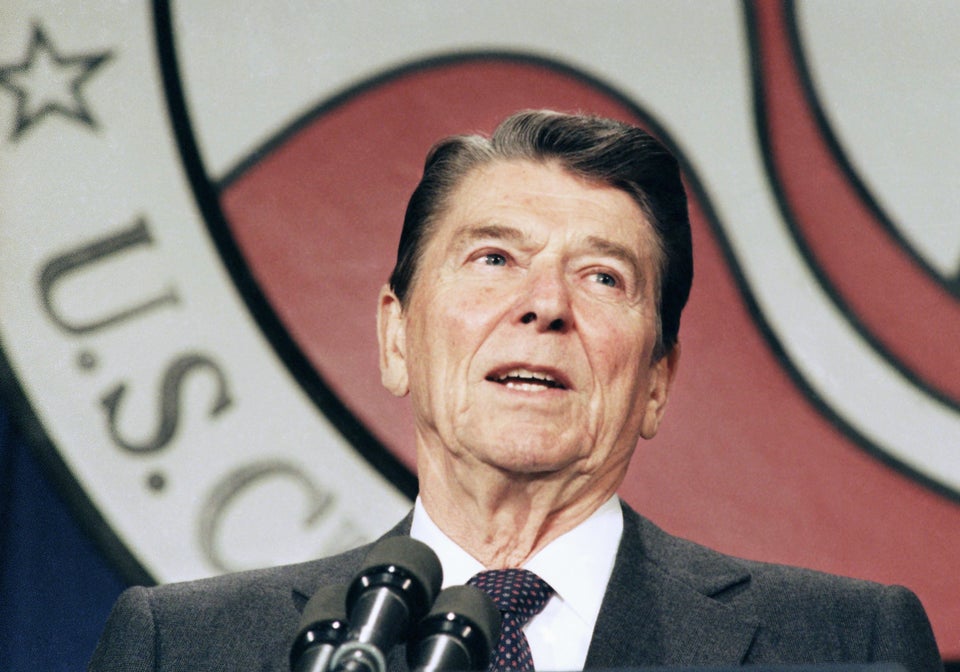
Former President Ronald Reagan (AP)
What Happened: In 1986, President Ronald Reagan signed an immigration reform into law that legalized the status of some 3 million people.
Why It Matters: It proves that passing comprehensive immigration legislation is possible.
Why It Matters: It proves that passing comprehensive immigration legislation is possible.
14
NAFTA Signed In 1994
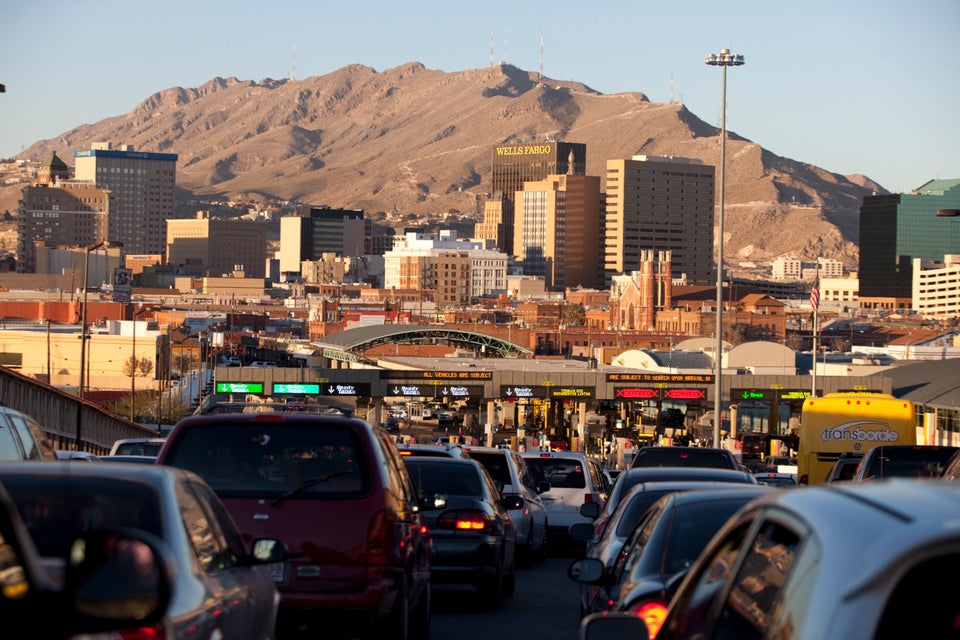
AP
What Happened: Mexico, the United States and Canada signed a free trade agreement in 1994 that reduced trade barriers between the three countries.
Though money was allowed to cross borders more freely, people were not. Millions of Mexican farm workers lost their jobs as cheap U.S. imports put Mexican farms out of business. Many of those migrants eventually wound up in the United States.
Why It Matters: Many Americans think that Latinos leave their countries of origin in order to pursue the American dream. In fact, economic policies that dry up Latin American jobs drive illegal immigration more than the intangible lure of a foreign lifestyle.
Though money was allowed to cross borders more freely, people were not. Millions of Mexican farm workers lost their jobs as cheap U.S. imports put Mexican farms out of business. Many of those migrants eventually wound up in the United States.
Why It Matters: Many Americans think that Latinos leave their countries of origin in order to pursue the American dream. In fact, economic policies that dry up Latin American jobs drive illegal immigration more than the intangible lure of a foreign lifestyle.
15
Prop 187

AP
What Happened: California Gov. Pete Wilson (R) championed this draconian referendum that would have made it illegal to provide public services, including schools and hospitals, to undocumented immigrants. Challenged in the courts, the law never went into effect.
Why It Matters:Prop 187 paved the way for a long series of anti-immigrant legislation championed by nativists generally allied with the Republican Party. These laws, that many Latinos view as an attack on their communities, help to explain why the GOP consistently underperforms among Hispanic voters.
Why It Matters:Prop 187 paved the way for a long series of anti-immigrant legislation championed by nativists generally allied with the Republican Party. These laws, that many Latinos view as an attack on their communities, help to explain why the GOP consistently underperforms among Hispanic voters.
Advertisement
16
Mexican-American Studies Banned In Arizona
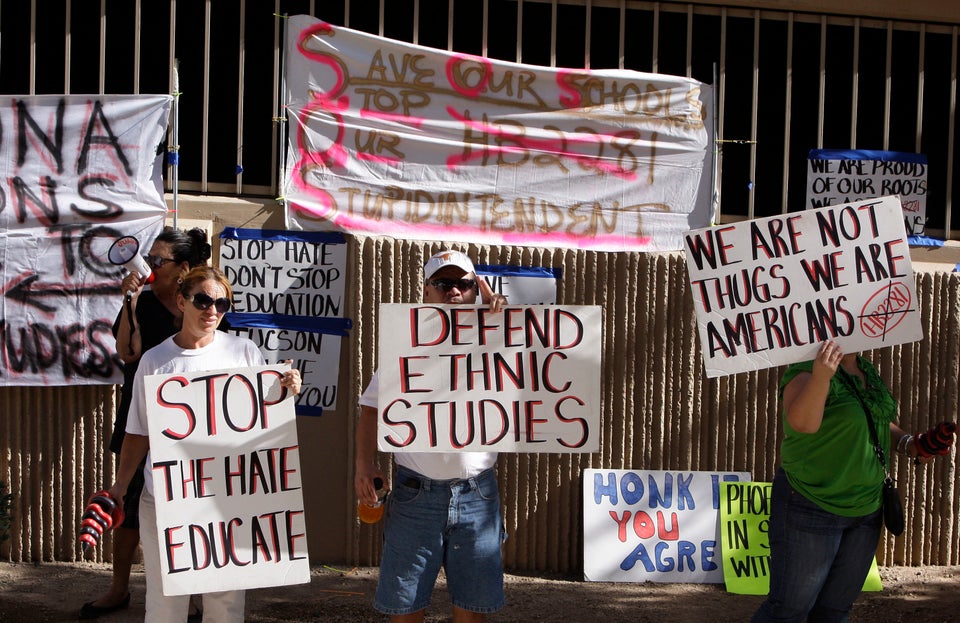
(AP)
What Happened: Following allegations that an experimental Mexican-American Studies curriculum in Tucson, Arizona politicized students, Republican politicians passed legislation to shut it down. Under pressure from state officials, the local board of education dismantled the program, credited by independent researchers with boosting student achievement and fostering critical thinking skills. A lawsuit challenging the legislation has been appealed to the 9th U.S. Circuit Court of Appeals.
Why It Matters: There are those in this country who feel so threatened by Hispanics that they refuse to let us learn our history.
Why It Matters: There are those in this country who feel so threatened by Hispanics that they refuse to let us learn our history.
17
Largest Ethnic Group In The Most Populous U.S. State
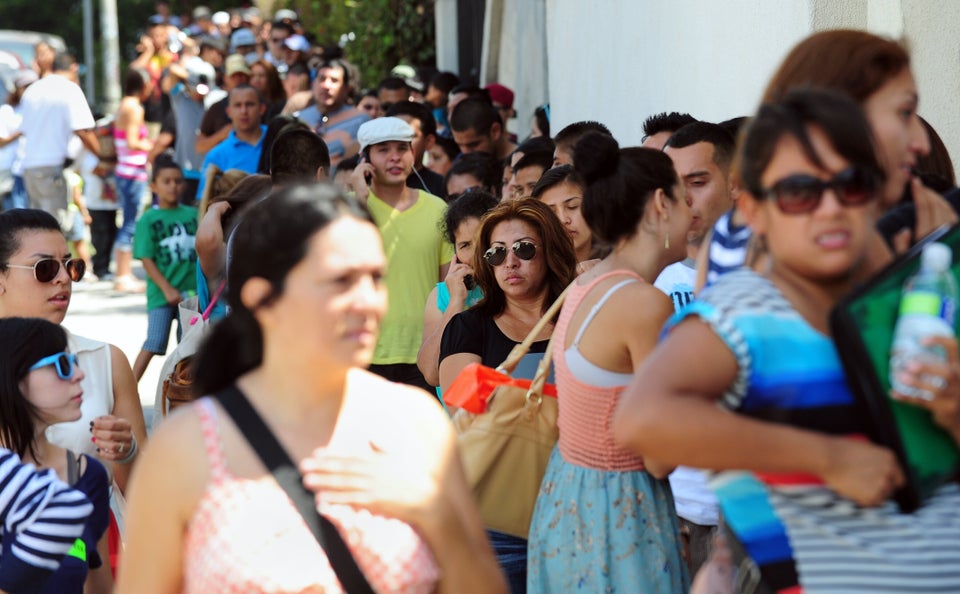
FREDERIC J. BROWN via Getty Images
What Happened: Last year, Latinos became the largest ethnic group in the state of California, overtaking non-Hispanic whites.
Why It Matters: Latinos constantly deal with the misperception that we're somehow more foreign than the other immigrant-descended people who live here. In fact, about two-thirds of U.S. Hispanics were born in this country. In places like California or New Mexico, where Latinos are the largest ethnic group, it's become increasingly impossible to deny that Latinos are as American as everyone else.
Why It Matters: Latinos constantly deal with the misperception that we're somehow more foreign than the other immigrant-descended people who live here. In fact, about two-thirds of U.S. Hispanics were born in this country. In places like California or New Mexico, where Latinos are the largest ethnic group, it's become increasingly impossible to deny that Latinos are as American as everyone else.
18
"The Pill" Trials In Puerto Rico

Tim Matsui via Getty Images
What happened: Working class Puerto Rican women were used as human guinea pigs for the birth control pill during the late '50s. Many of them were not told the pill was experimental and were unaware of the potential negative side effects. Additionally, their symptoms were often ignored or thought to be psychosomatic. Three women who participated in the trial died. No investigation was ever conducted to see if the pill had caused their deaths.
Why it matters: The pill is a birth control method most widely used by white women, women in their teens and twenties, never-married and cohabiting women, childless women and college graduates, reports the Guttmacher Institute.
Why it matters: The pill is a birth control method most widely used by white women, women in their teens and twenties, never-married and cohabiting women, childless women and college graduates, reports the Guttmacher Institute.
Advertisement
CORRECTION: An earlier version of this article stated that Roberto Clemente surpassed 3,000 hits. In fact, his career ended with precisely 3,000. An earlier version also stated that Mendez v. Westminster was decided by the Supreme Court rather than the 9th U.S. Circuit Court of Appeals.
